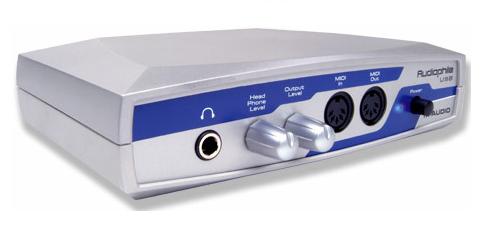
Because I have done three years of electronic's in high school and also worked with home electronics in the -80's I want to be able to not only listen but measuring my different projects. These days I work as a metrology engineer and are everyday measuring and calibrating different instruments. So for me DIY audio is an engagement between building, listening and measuring. Lately I have also have good help from simulating circuits in the free simulating software LT Spice.
Take these tests as it is. A homemade trial to compare and evaluate different RIAA amplifiers. Happy reading.
I do all my live "real world" tests with an external M-Audio Audiophile soundcard. The tests on this page is done with 16 bit 96kHz sample rate and FFT sample size of 8192. That gives a bandwith to 48kHz.

As software I often use both the Visual Analyzer and RMAA (Right Mark Audio). There are pitfalls
and also other measuring problems such as groundloops when you
are trying to measure. What about wireless telephones and other
such equipment in the house and unscreened naked projects on the
testbench? And are the figures absolutely correct?
Anyway, this is a comparable test between four different RIAA amplifiers. Ftm. I only present measurements from FFT with the Visual Analyzer software to get THD figures. I have for every device also one channel, the red one, showing the reference. So the signal is fed from soundcard trough a Hagtech Inversed RIAA unit (DIY) and then the red channel looped directly back to the soundcard without going trough the measured amplifier and the green one going trough the measured amp, or the DUT (Device Under Test). Just to see that I'm doing OK. There is still some hum that's not allways coming from the PSU. Anyway the THD figures shown are comparable because the four devices was tested under the same condition.
Input is 3.5mV 1kHz on all tests. The output differs because of different amplification factors but also from inexact figures from the graphs, even if I did calibrate the software. The software comes for free so top notch isn't expected in this regard. Therefore I have double checked and done notations on the amplification factor under each testgraph measured with a brand new Fluke 289 true rms DMM.
The four candidates which are tested in this page are three DIY amplifiers and one Manufactured by a well known company.
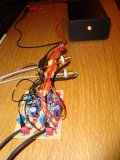
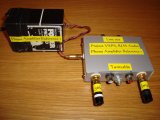
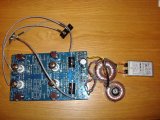
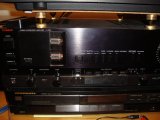
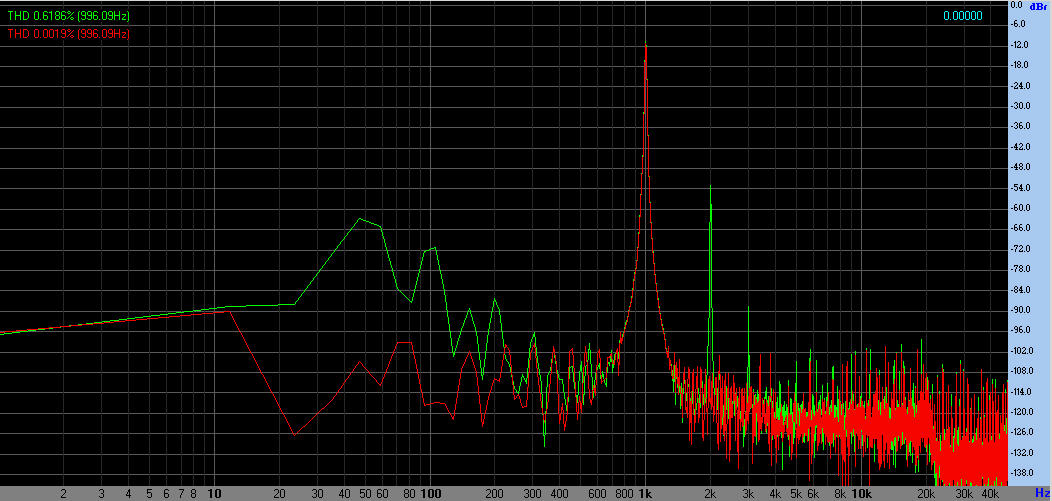
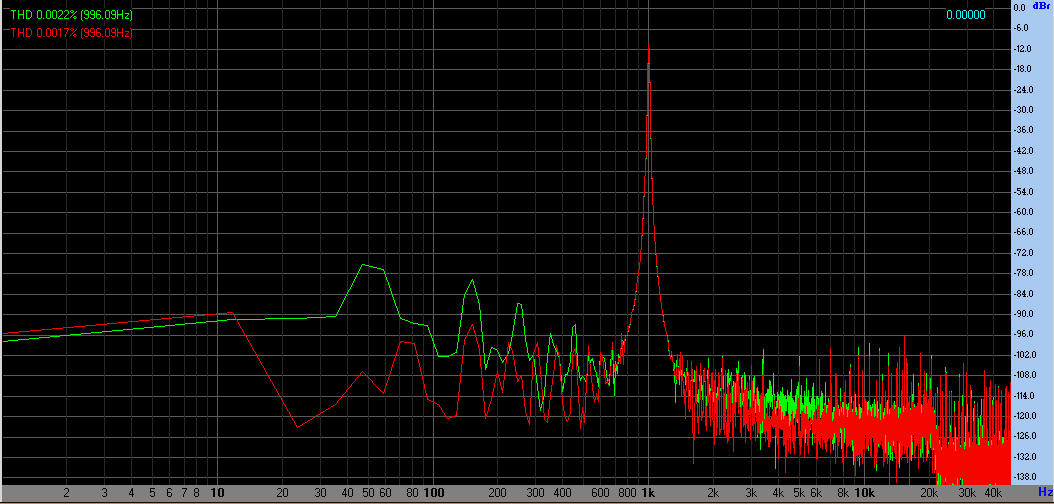
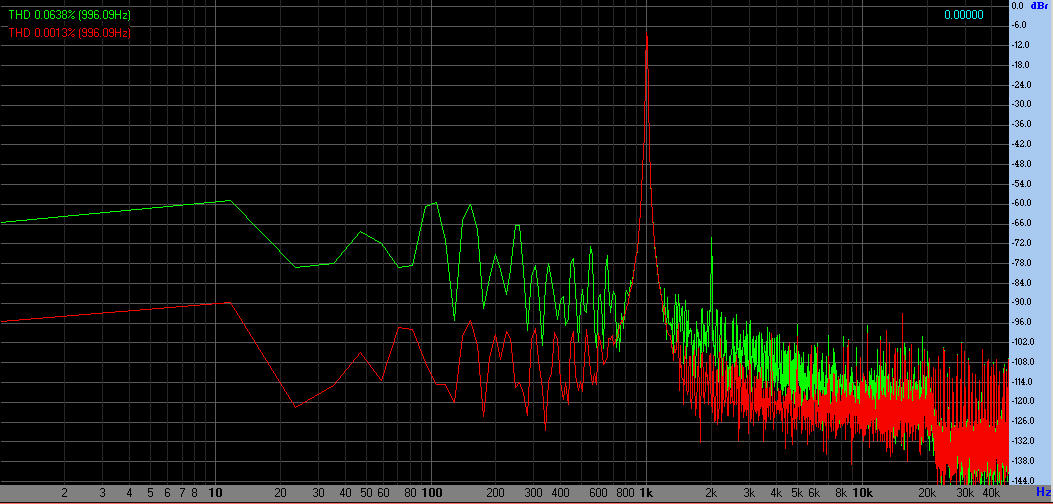
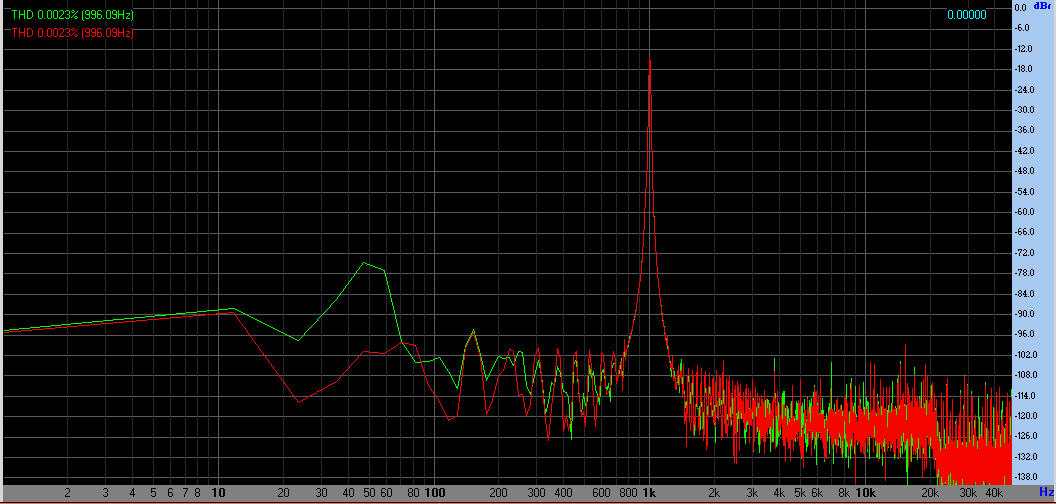
This is hard to answer and will allways
be subjective. There are small differences between the VSPS and
Luxman, They sound clean and dry for sure. Do I miss some openess
and dynamic punch? Maybe, I don't know but the two other candidates,
The Pacific and the Tetra One sounds more like in the other league.
The more pleasant and musical one I think. I have finally learned
to recognice second order harmonics and it could be pleasing in
small amounts, adding sweetness and bite. Because it's in harmony
with the original music It's not that obvius and easy to distinguish
as odd order distortions. I was quite amased how much one can
tolerate! Maybe because this time I listened a lot before I measured
;-). I think that this is the tubesound all are talking about.
But then again, the Tetra One amplifier is all tube and quite
clean with It's THD ten times lower then the Pacific, still sounding
open, musical and, hands down, the best in this test ,even though
it needs some screening with a nice inbuild.
So then we have the question about global feedback vs none or
little. The VSPS and Luxman uses a lot of it. The Pacific and
Tetra One none, just some local fb. Maybe it has a large impact
on the openess and liveliness?. I guess I have to fiddle with
my Pacific some more to find out....
Thank you for reading and please share your DIY findings as well. //Ove Tegnér
